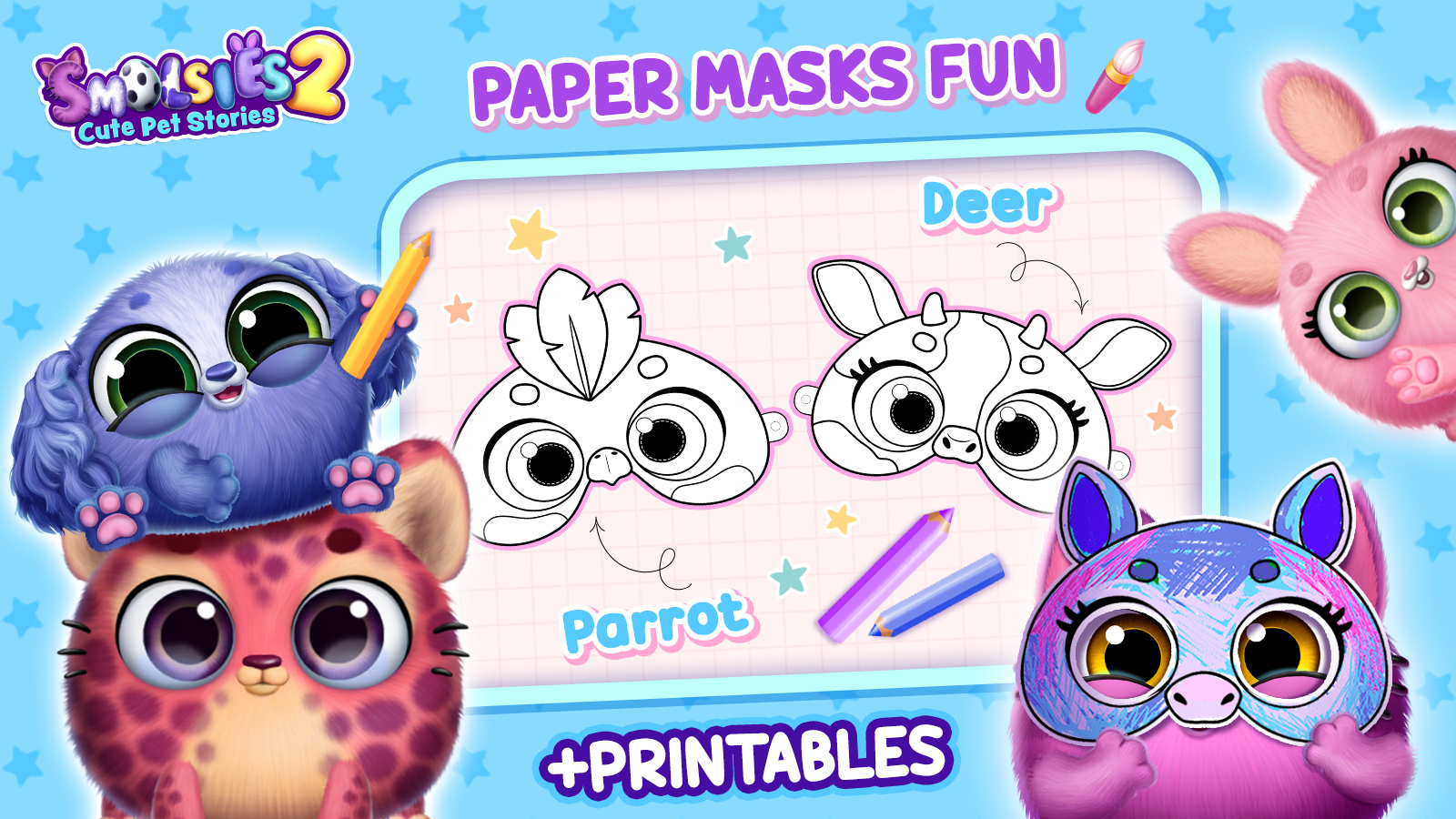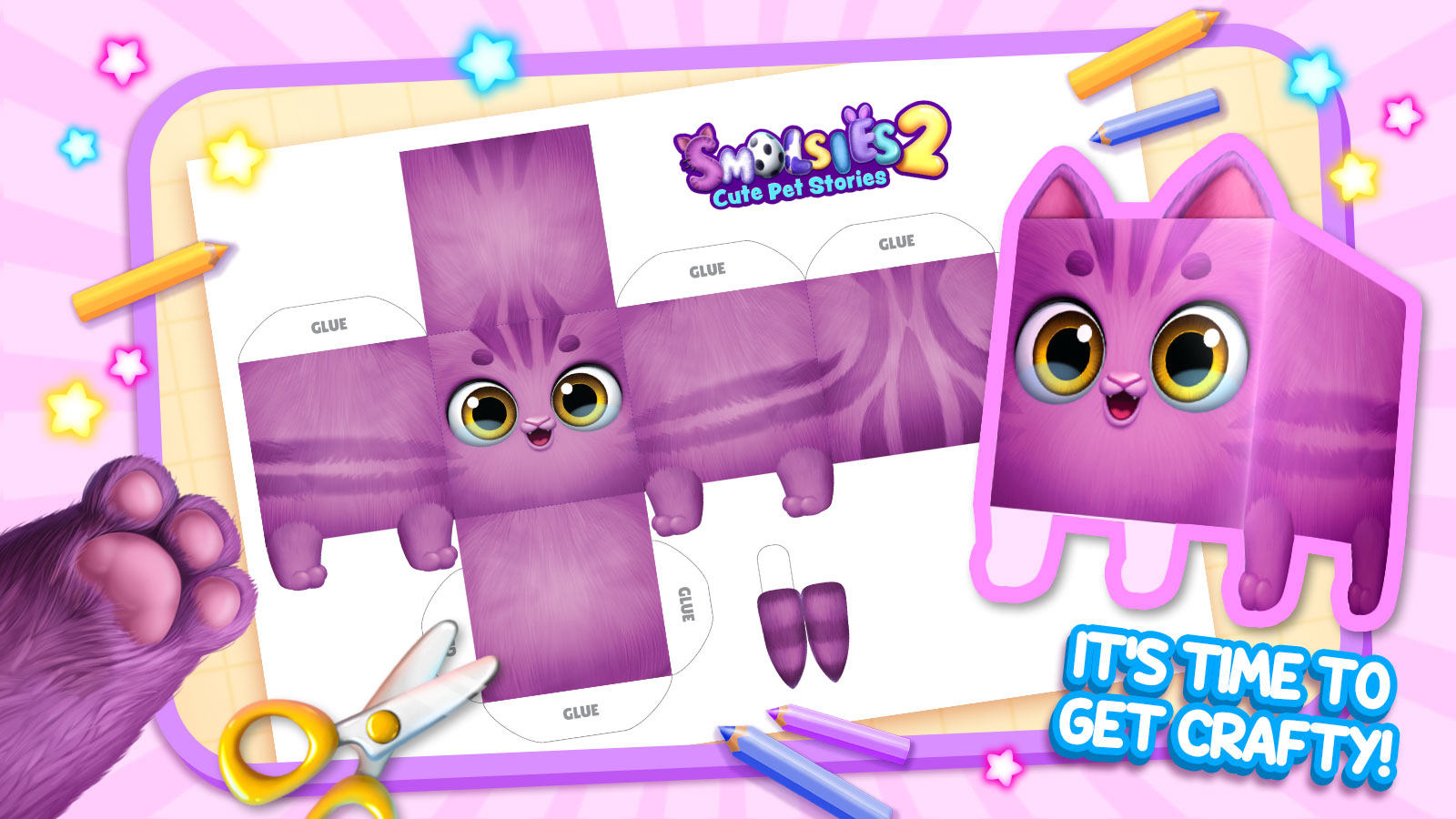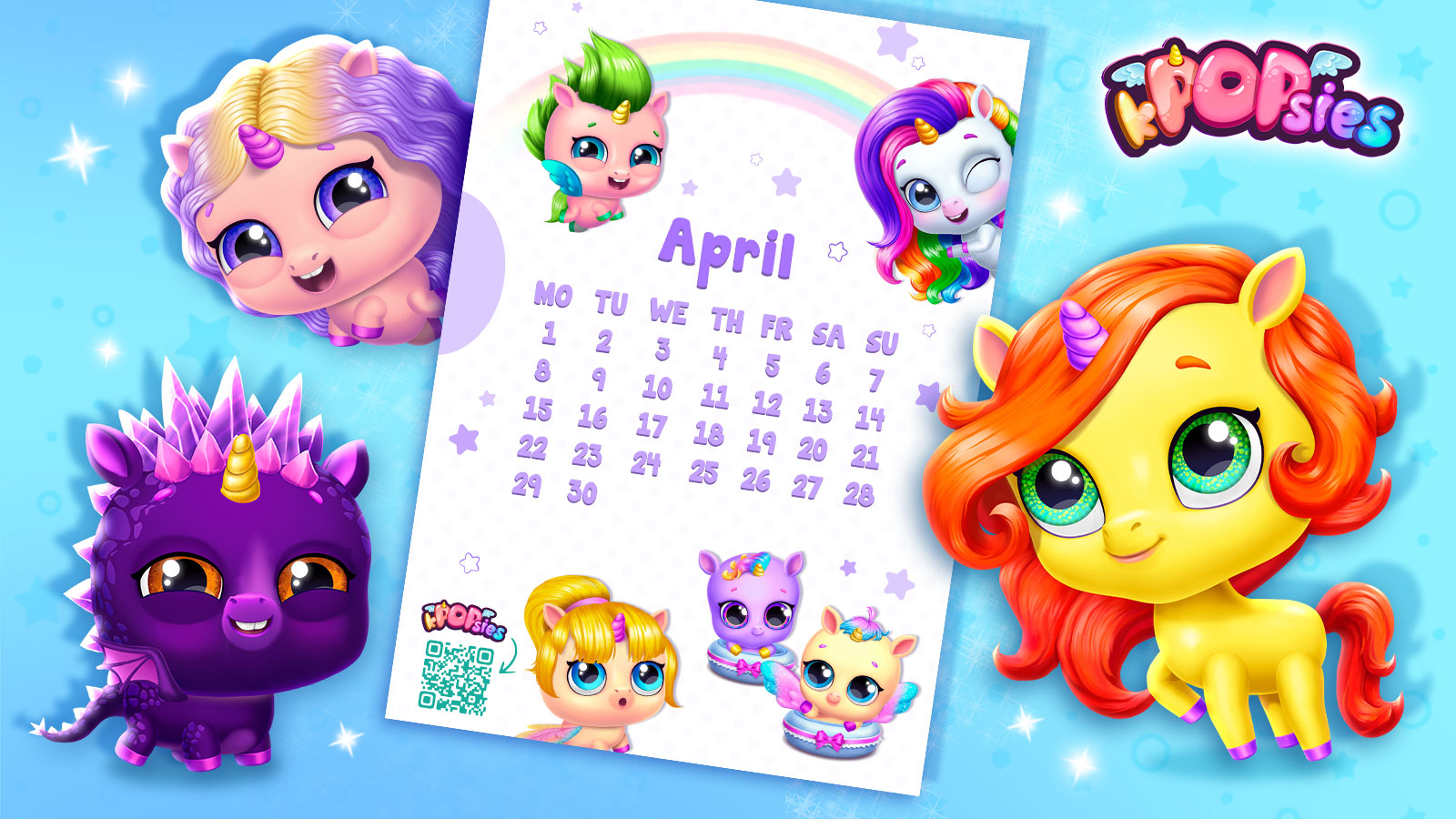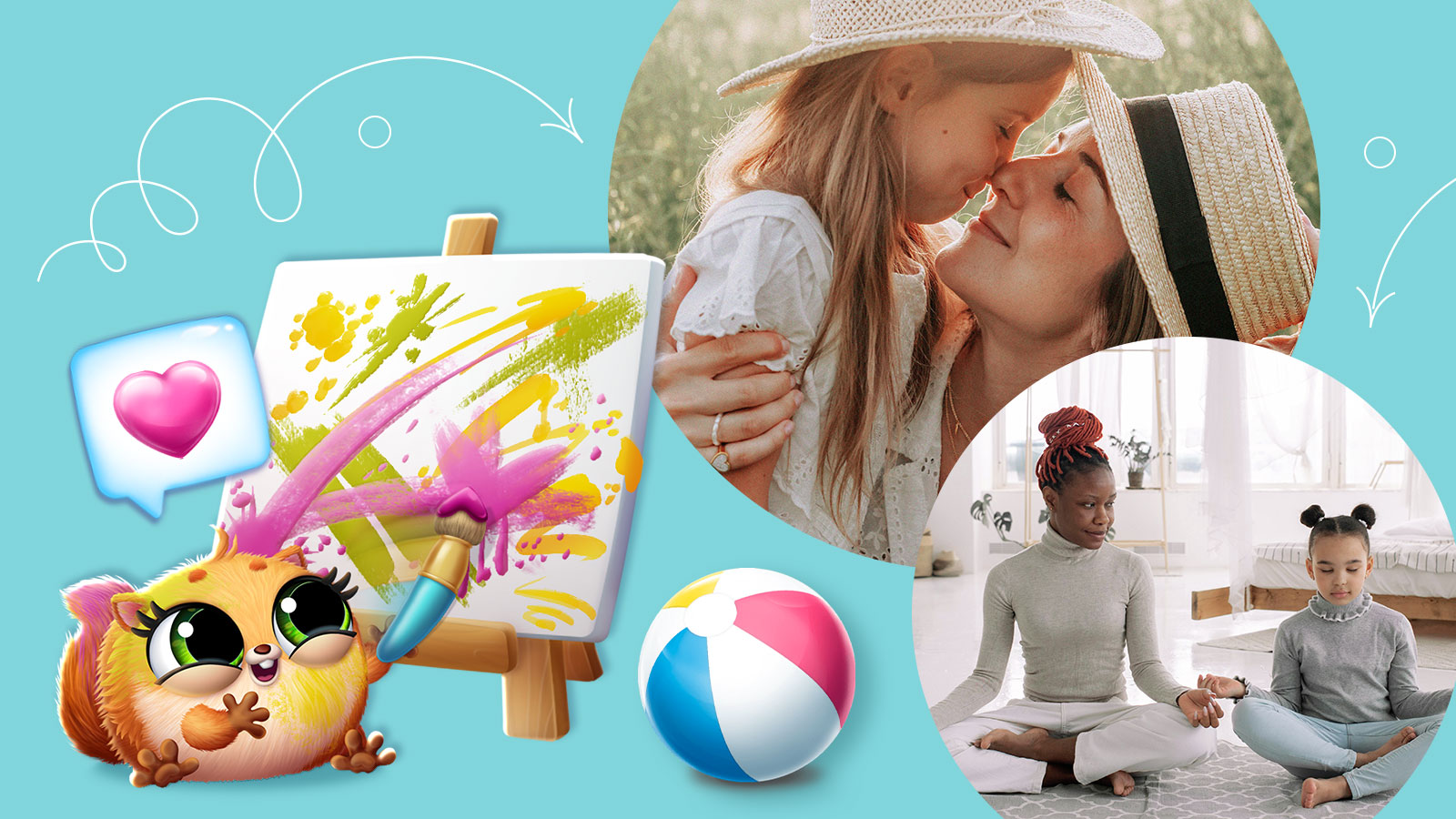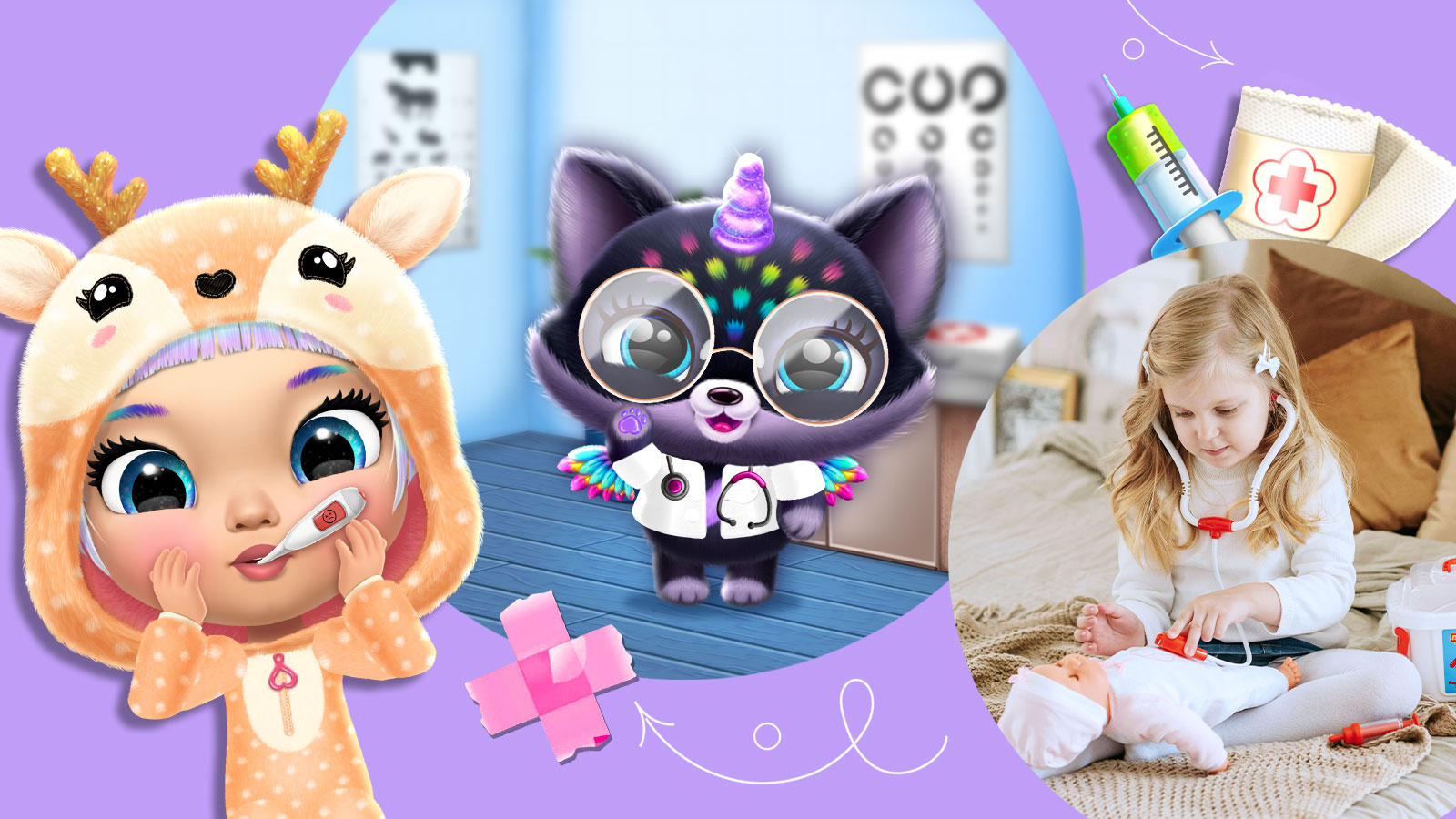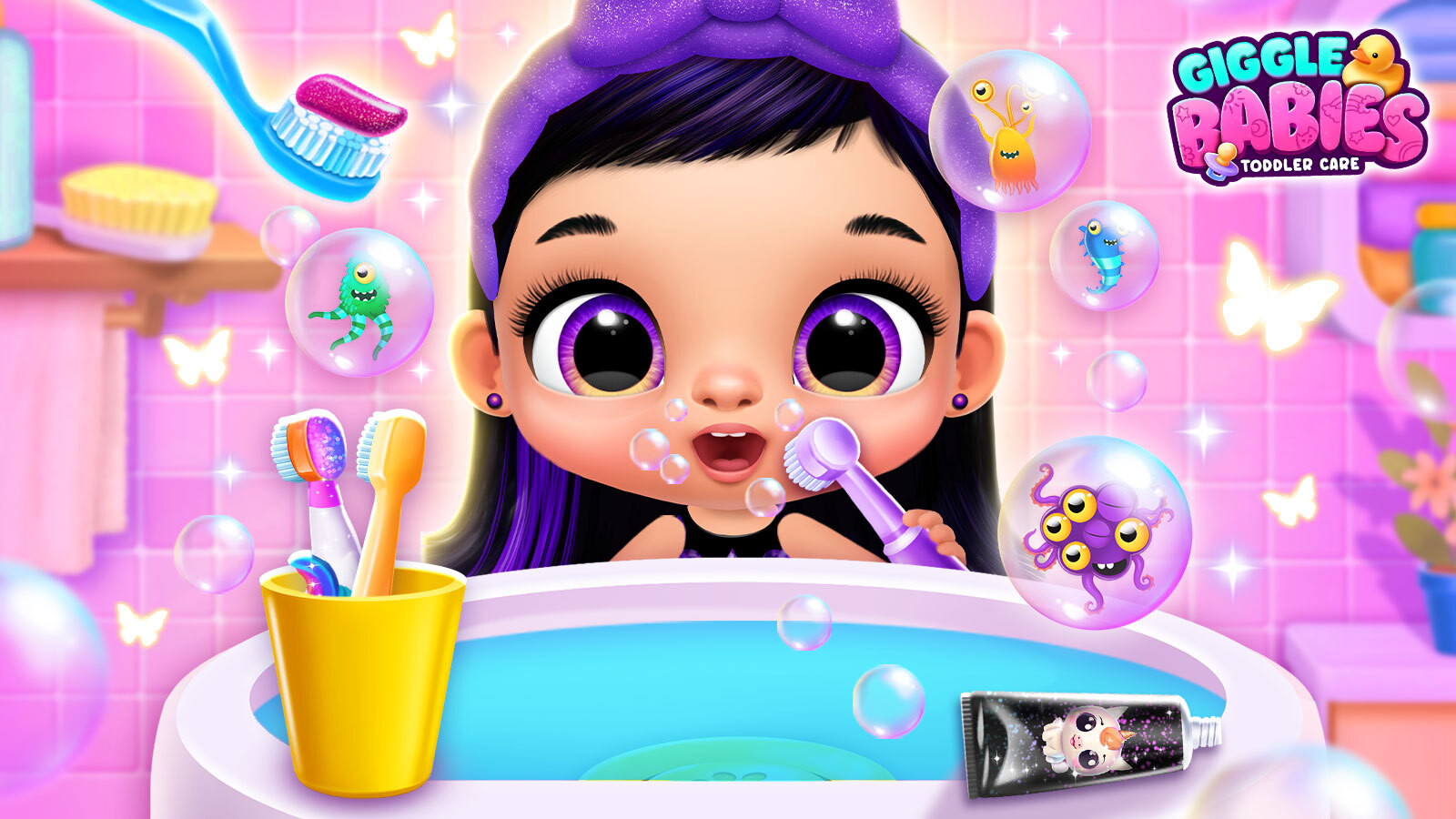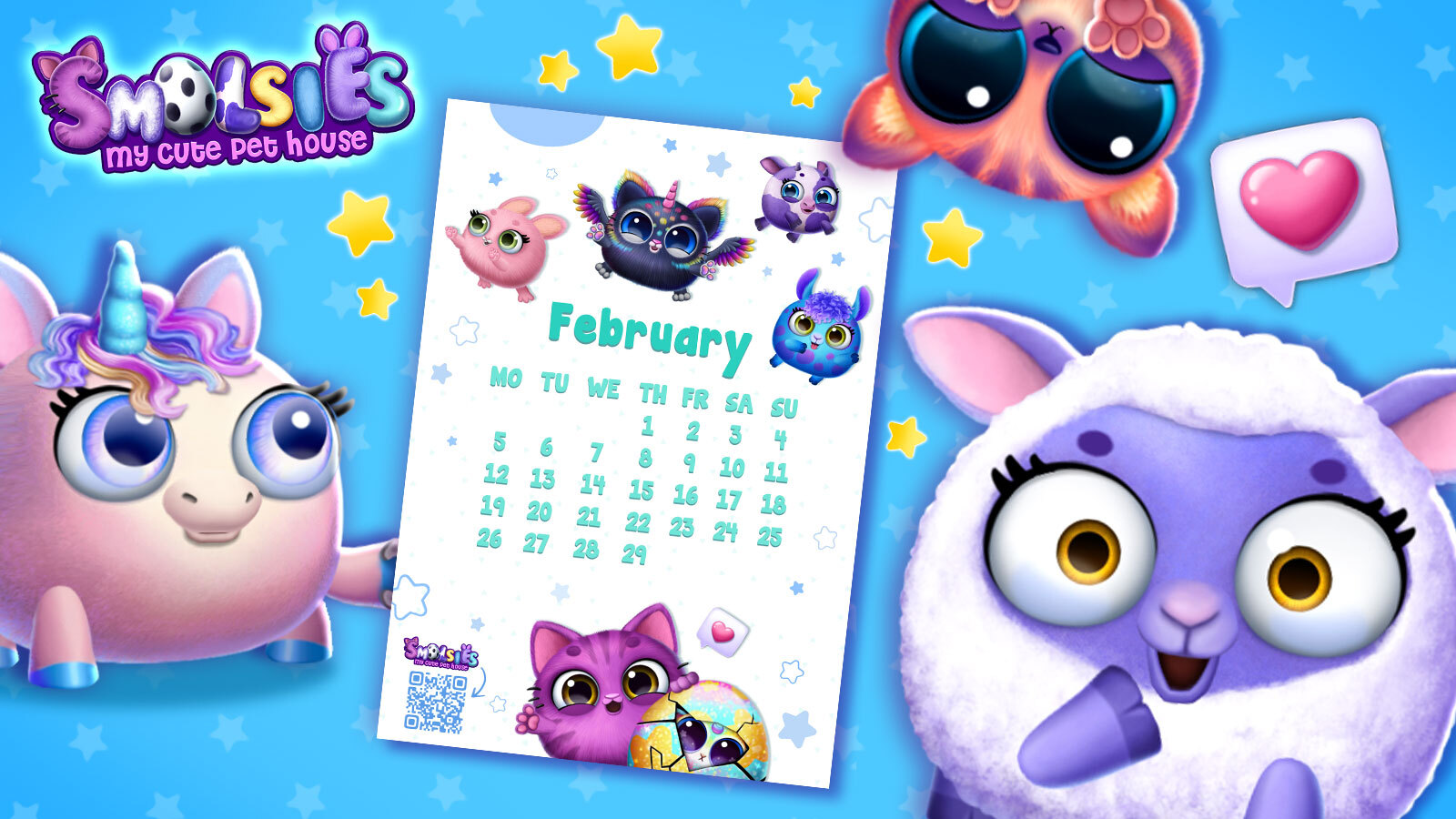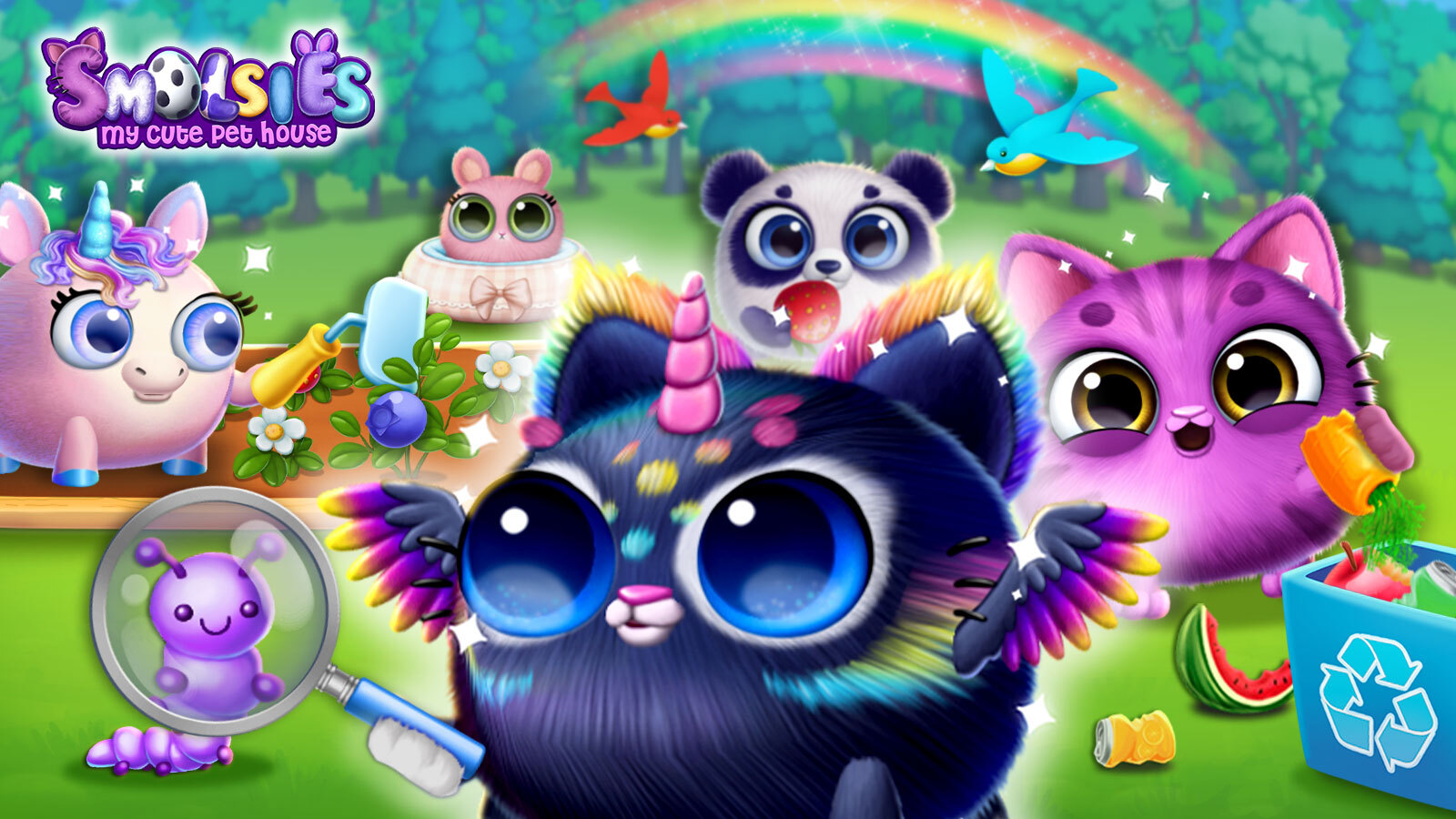
Eco-Friendly Fun: 5 Activities to Enjoy with Kids 😌💚
Engaging children in eco-friendly activities and crafts not only teaches them about protecting the planet but also sparks creativity and a sense of responsibility. Here are 5 enjoyable activities for your family to explore:
1. Upcycling Projects ♻️
Teach your children to turn old items into something new and useful. For example, you can transform empty jars into candle holders or work together to create unique tote bags using old fabrics.
2. Gardening 🧑🌾
Get your hands dirty and teach kids about the magic of growing their own food. Start a small vegetable or herb garden in your backyard or even on a windowsill. This hands-on experience fosters a deeper connection to nature and teaches the importance of sustainable living.
3. Scavenger Hunts 🔎
Take your kids on a nature walk and encourage them to observe and appreciate the world around them. You can create a scavenger hunt checklist of items like leaves, rocks, and flowers for them to find and identify.
4. DIY Bird Feeders 🐦⬛
Make bird feeders using recycled materials such as cardboard, plastic bottles, or pinecones. Hang them in your backyard and observe the different bird species that visit.
5. Community Clean-Ups 🌿
Participate in clean-up events with your children. Not only does this teach them the importance of keeping the environment clean, but it also instills a sense of pride and responsibility in caring for their community.
Integrating these fun and educational eco-friendly practices into your family time can inspire your children to become environmentally conscious individuals who care deeply about the world around them. It’s a fantastic way to foster awareness and appreciation while creating lasting memories together.

